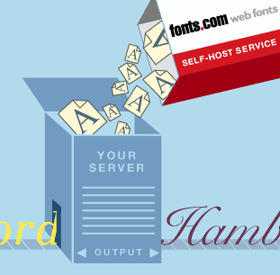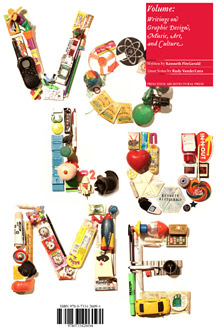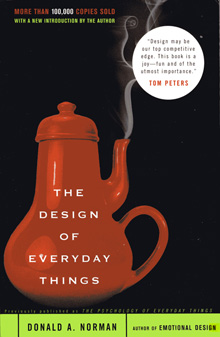Goodbye conditional comments
The very first article I wrote on this blog, back in July 2006, was titled Goodbye hacks. Hello conditional comments. In that post I discussed how conditional comments could be used to feed different stylesheets to older version of Internet Explorer, smoothing differences between browser rendering engines without resorting to CSS hacks.
Conditional comments have provided a great stopgap measure while we wait for obsolete versions of IE to fall into disuse, but as the market share of IE6 and IE7 has dwindled I’ve found myself relying on them less and less. In fact, I can’t remember the last time I resorted to a separate stylesheet to make an old browser behave.


